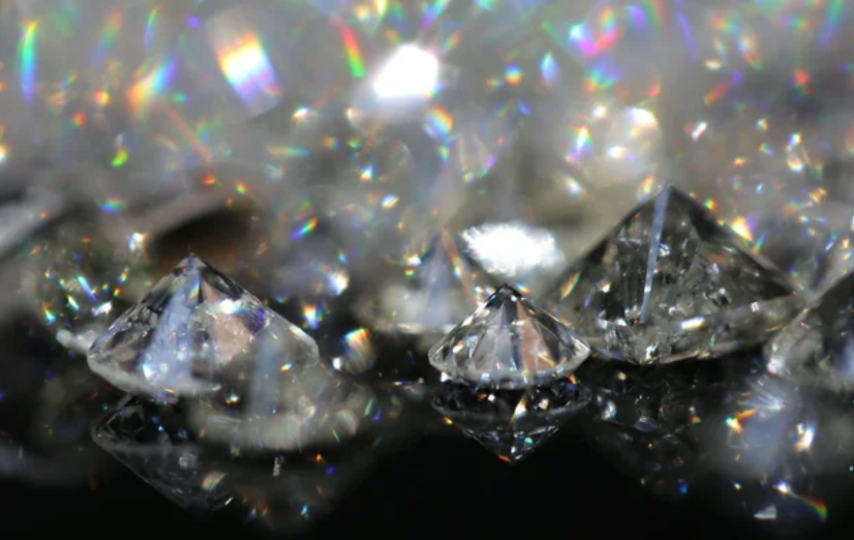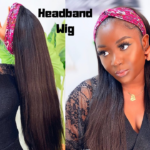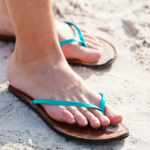When it comes to major purchases, an engagement ring ranks at the top. It must be meaningful to both of you, helpful, and make your spouse cry with happiness (not disappointment).
But a lot goes into finding the perfect engagement ring in Australia, from mastering the 4Cs of diamond quality to knowing what questions to ask a jeweller. Learn the answers to these questions in this guide on selecting diamonds when purchasing Engagement Rings in Australia.
These are some of the popular kinds of diamonds used in Australia when it comes to engagement rings:
Diamonds with a Round Brilliant Cut
Diamonds with a round cut are the most common in jewellery stores. Their classic beauty is enhanced by the way they show off the stone’s natural radiance. The standard number of facets for a round brilliant cut diamond is 58. They are presently responsible for over 70% of all diamond sales.
Emerald-cut diamonds are the second most popular shape.
Diamonds with an emerald cut seem very different from round diamonds. The step cuts that frame the diamond’s enormous flat surface, known as a “table,” give the stone a one-of-a-kind appearance and modify how light behaves while passing through it. Diamonds with an emerald cut are ideal because any “inclusions” are more readily seen in Engagement Rings in Australia.
Diamonds in the Princess Cut
Princess cut diamonds, like round cut stones, have a flexible form that allows them to be used in various settings. Due to the limited amount of material wasted during the cutting process, princess cut stones are often less expensive per carat than other diamond shapes in Australia. Symmetry also plays a role in pricing; less perfect square cuts will cost less than their more elongated or square counterparts.
Diamonds With An Oval-Shaped Cut
Oval-cut diamonds have the same light-bending properties as their rounder counterparts. Due to its stretched-out look, this diamond cut can provide the impression of greater size.
Five Diamonds Cut in a Pear Shape
Pear-shaped stones, like oval-cut diamonds, can give the impression of a more extensive surface area due to the extended tip. Pear-shaped diamonds are prized for their symmetry.
Marquise-cut diamonds come in sixth.
Diamonds with a marquise cut seem slightly like footballs, which is a slight departure from the pear form. Another form that might make a stone appear more significant is long and skinny.
Heart-shaped diamonds are number seven on the list.
Diamonds shaped like hearts are both classic and contemporary. Heart-shaped diamonds are symmetrical, like the elongated pear and the slimmer marquise. It’s easier to discern the heart shape in a bigger diamond; thus, this cut is excellent for larger stones.
Cushion-cut diamonds, number 8
Diamonds with a cushion cut are a traditional form that resembles square cuts but has softened corners. Modern takes on the cushion cut are typically lighter and more polished than their traditional counterparts, which might have a bulky appearance.
Diamonds with an Asscher-cut shape, number nine
Diamonds of the Asscher cut and the emerald cut have two distinguishing characteristics: a broad, flat table and a stepped girdle. As with the princess cut, a perfectly square Asscher-shaped diamond is the most sought after.
Diamonds with a brilliant cut ten
In the 1980s, in Australia, a hybrid of the cushion and princess cut, the radiant cut diamond became increasingly popular. These diamonds can come in a wide range of shapes, from oblongs to squares to even more unusual configurations.



